Robert Wise | 2hr 11min

Though the primary antagonist of The Andromeda Strain may be the extra-terrestrial organism described in its title, it isn’t too hard to see the wariness towards world governments lingering beneath the film’s doomsday warnings. As the scientists of the secret underground facility Wildfire note early on, the Andromeda bacteria may not even necessarily be deliberately hostile in its native environment, and its harmfulness to terrestrial lifeforms could very well be an incidental mismatch between their biological codes. Until it is brought into contact with humanity, its nature is not inherently good or evil. It only becomes a global hazard through its exploitation by political leaders, and our own arrogant belief that we can keep such unknown forces as these under control.
In short, The Andromeda Strain offers the perfect metaphor for widespread nuclear warfare at the dawn of the 1970s, falling into the same subgenre of paranoid political thrillers as so many other films of the era like The Conversation and The Parallax View. Though the atomic detonation built into Wildfire was designed as a safeguard, the eventual discovery that it may in fact fuel Andromeda with enough energy to end all life on Earth effectively turns a protective countermeasure into an apocalypse waiting to happen. That the lead scientists behind Wildfire believe this newly discovered organism can be used as a biological weapon is pure hubris, leaving only a small team of contracted experts to unravel Andromeda’s mysteries and defuse a potentially world-ending threat.
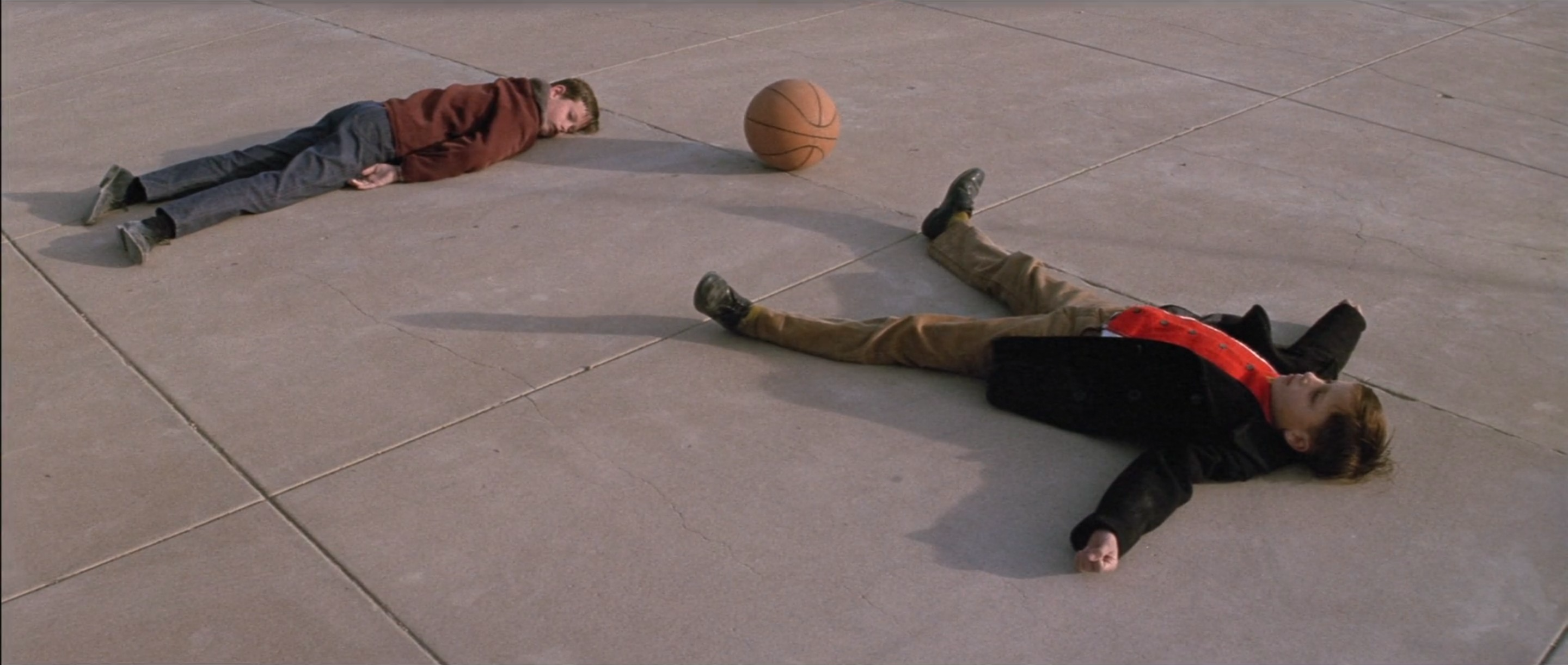
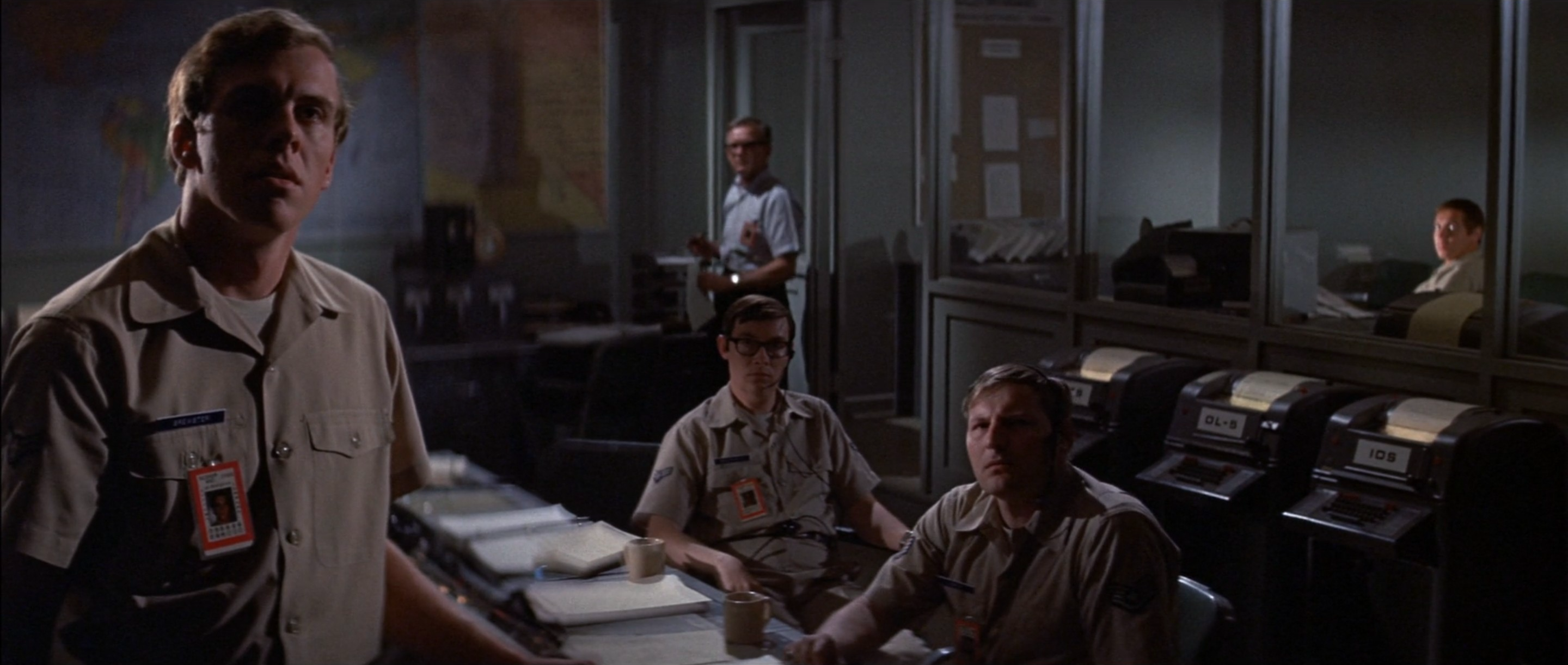
The realism that Robert Wise applies to The Andromeda Strain also speaks to a far more authentic feeling of insecurity too than the sensationalised Cold War allegories that pervaded the cinematic landscape up to this point, including his own 1951 adaptation of The Day the Earth Stood Still. Having been well-established in the industry since the 1940s, he is essentially a bridge between Old and New Hollywood, applying his talent for deep focus cinematography learned from Orson Welles to a more naturalistic aesthetic. More specifically, it is the split diopter lens that becomes the foundation of so many Wise’s greatest compositions, applying two different focuses at once to effectively allow for a close-up and wide shot within the same frame. Brian de Palma would be the director most associated with this technique in years to come, but not even he was so rigorously bound to the stylistic device as Wise is in The Andromeda Strain, which barely goes a minute without underscoring the dramatic irony disconnecting subjects in the foreground and background.
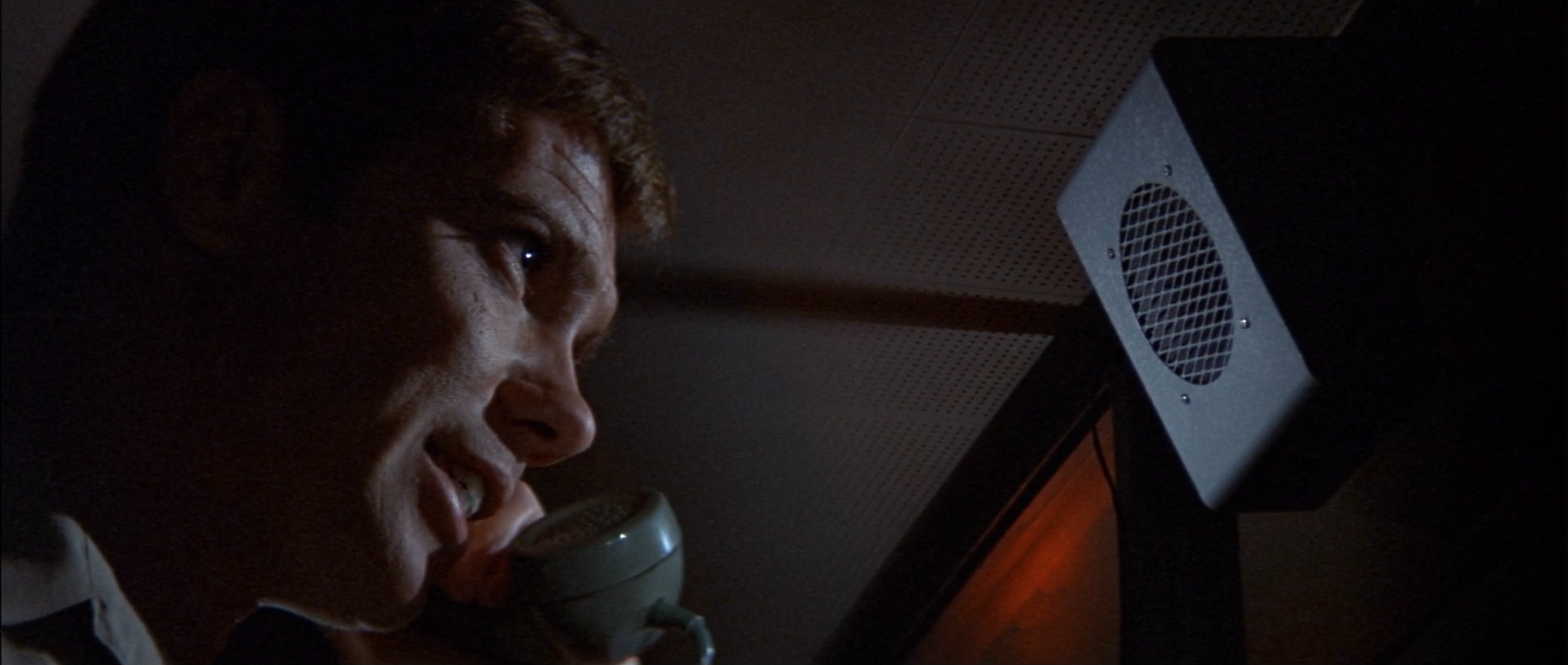

In this way, Wise uses the split diopter as a tool for suspense, particularly in the early scenes when we learn about the small, rural town of Piedmont whose entire population suddenly died without warning. When military police officers arrive at Dr Jeremy Stone’s home and urgently summon him to ground zero, the two greeting his wife at the door evenly frame the third restlessly pacing by the car behind them, astoundingly dividing the lens’ focus into three individual segments. Later when Stone arrives on site with Dr Mark Hall, their investigation is eerily laced with more of these shots, pressing the profile of a dead man right up against the camera while they anxiously observe from a distance.


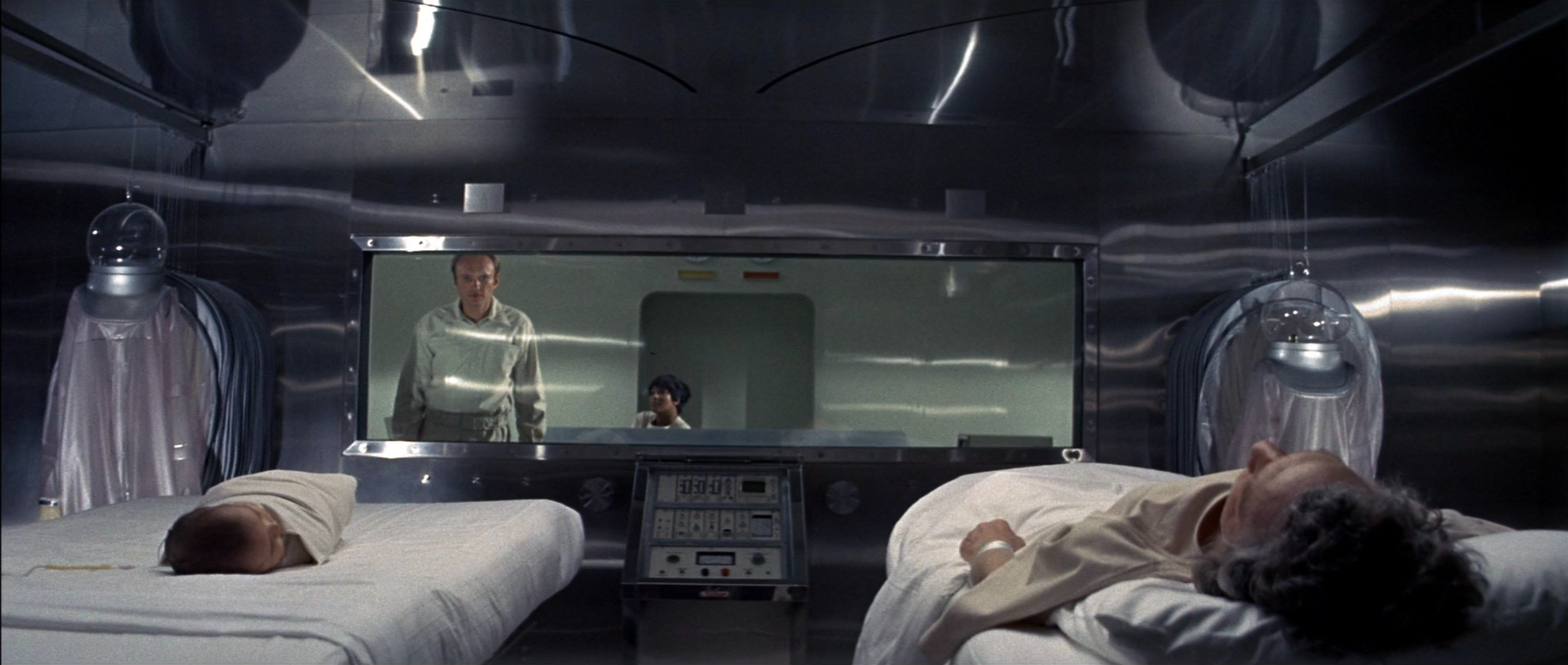
The other purpose this deep focus serves during Stone and Hall’s reconnaissance mission is purely economical, loading the visuals with a great deal of information without needing to cut between multiple shots. The pacing here is slow but gripping, thoroughly earning each puzzle piece that gradually slots into place – the satellite that recently crashed in town, the clotting of human blood into a powdery substance, and the two sole survivors being a crying baby and the town drunk.
The mosaic use of split screens during this sequence consequently feels like a natural extension of the split diopter technique, drawing our eyes to multiple subjects in the frame while abundant evidence of an invisible alien invasion stacks up. On the left, Stone and Hall peer through windows of quiet houses, while on the right we are given the view of dead bodies inside. Similarly, their studies of Andromeda in the depths of Wildfire use these split screens in place of conventional montages, methodically drawing connections between different parts of their experiments without impatiently rushing through their painstaking processes. Along with the time stamps frequently marking the date and time of significant events, Wise’s precise visuals are effectively cataloguing this scientific study into a detailed presentation of exacting focus, desperately trying to apply hard logic to what remains impenetrably enigmatic.

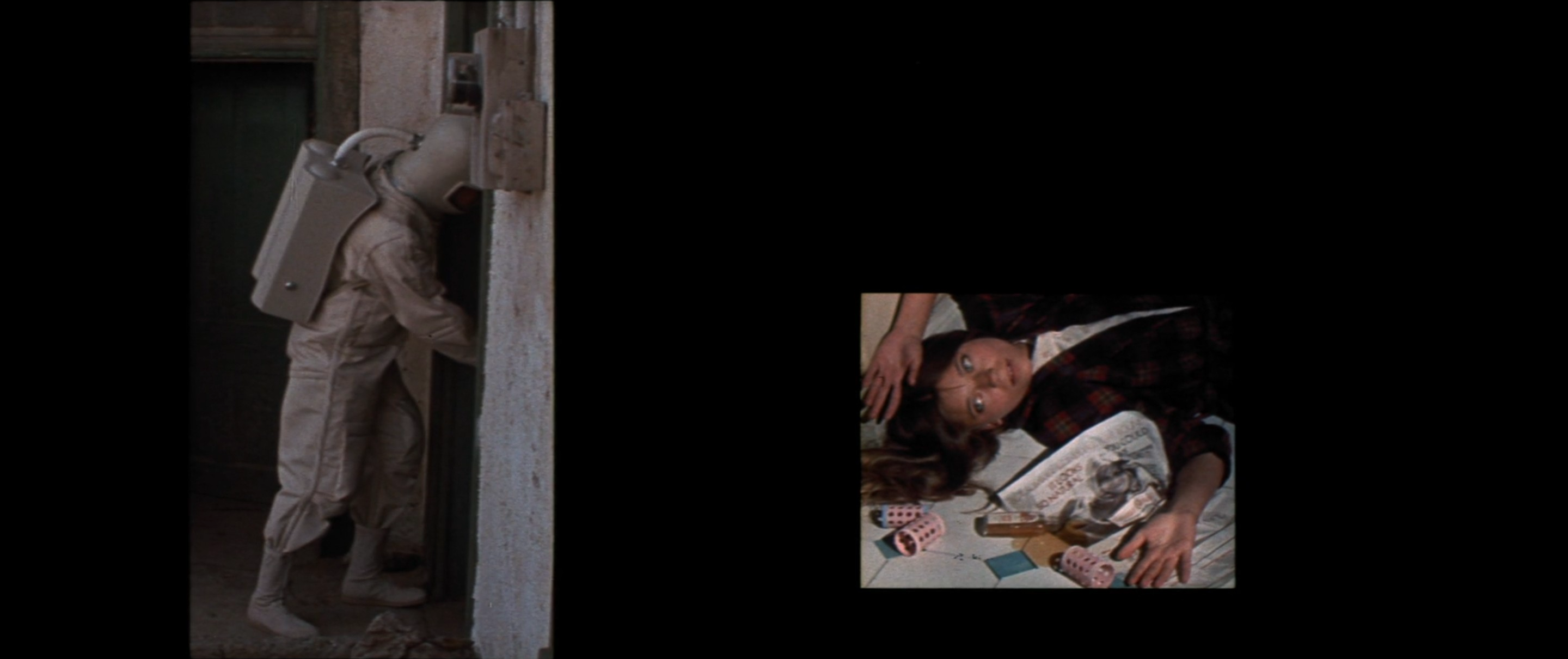
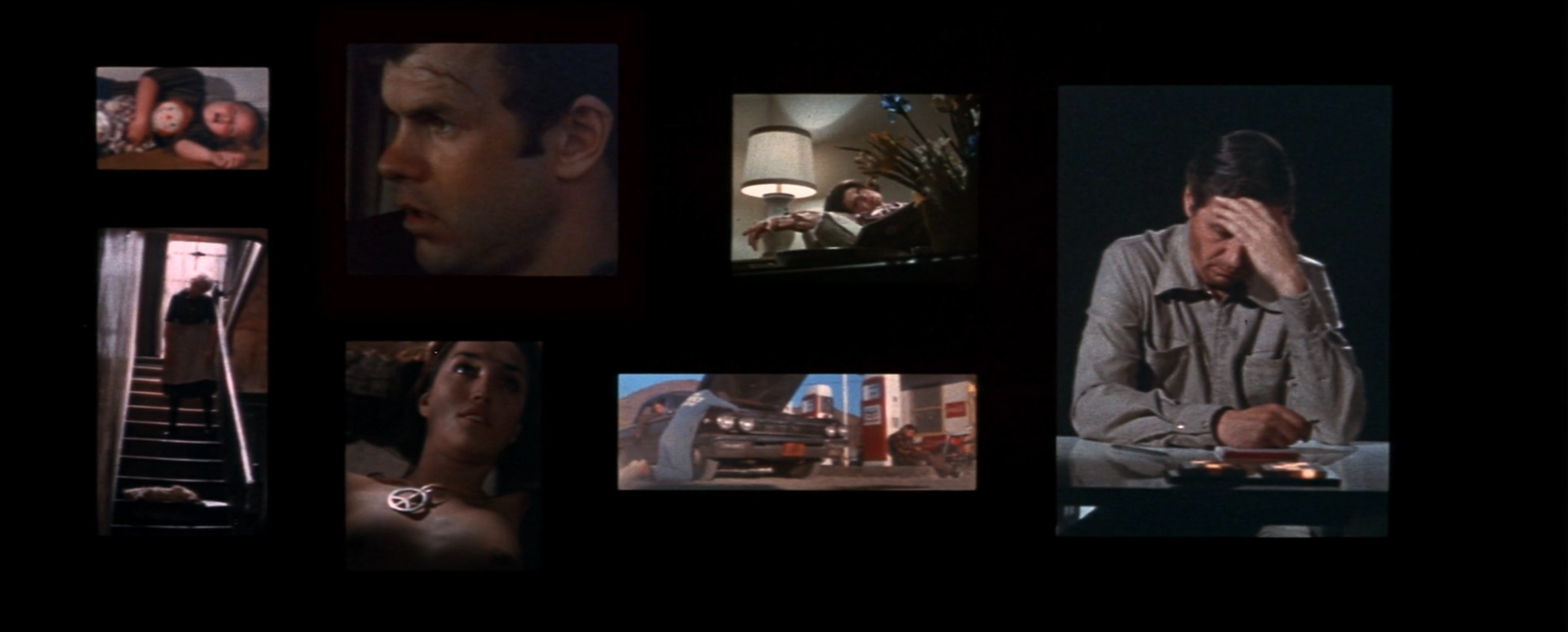
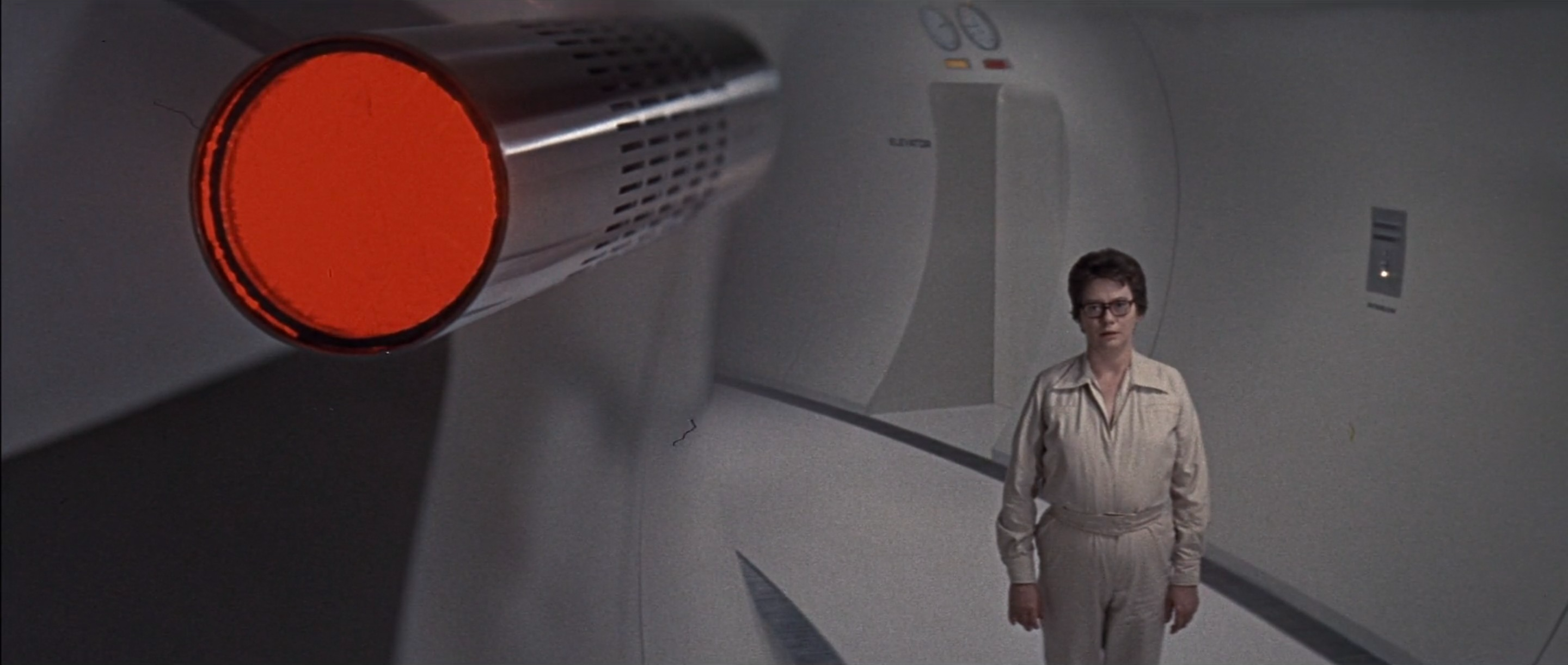
With such remarkable formal precision guiding Wise’s direction, the Stanley Kubrick influence is clear, especially given the release of 2001: A Space Odyssey just three years prior. Just like that science-fiction masterpiece, accusations could be levelled at the dry jargon and cold characterisations of Nelson Gidding’s screenplay, though the clinical restraint displayed here is merely part of Wise’s sterile atmosphere. Instead of a small crew journeying into outer space, we watch four scientists descend deep into the Earth, yielding their humanity to the artificial technology that keeps them alive. To reach the main laboratory at its base, they must first pass through four sublevels of decontamination, with each room possessing the sort of intricate production design that wouldn’t be out of place in Kubrick’s spaceships. The crimson, silver, and yellow uniforms worn by these scientists vividly match the metallic walls of their respective floors, while the red warning lights on the bottom level pierce its polished grey surroundings with jarring urgency, though it is the laboratory’s central core which proves to be the most impressive set piece of them all in the heart-pumping climax.
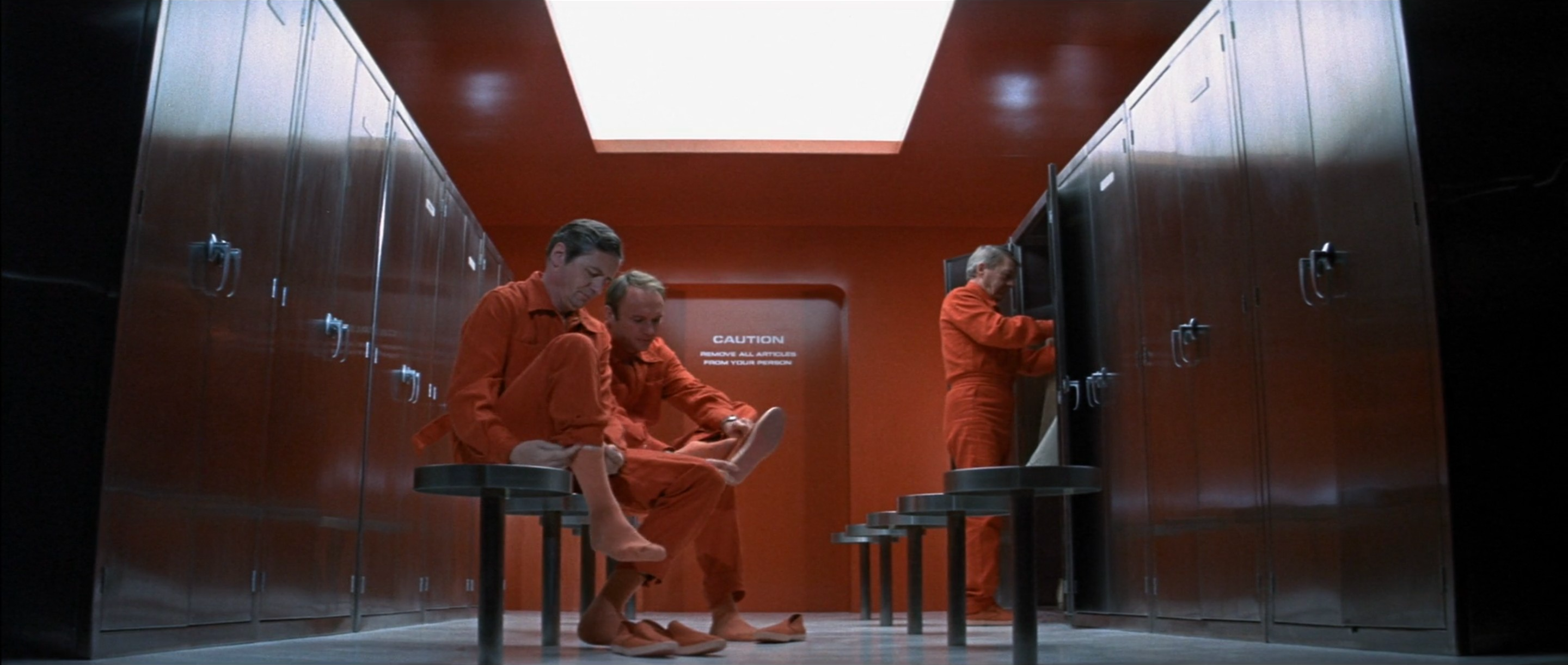
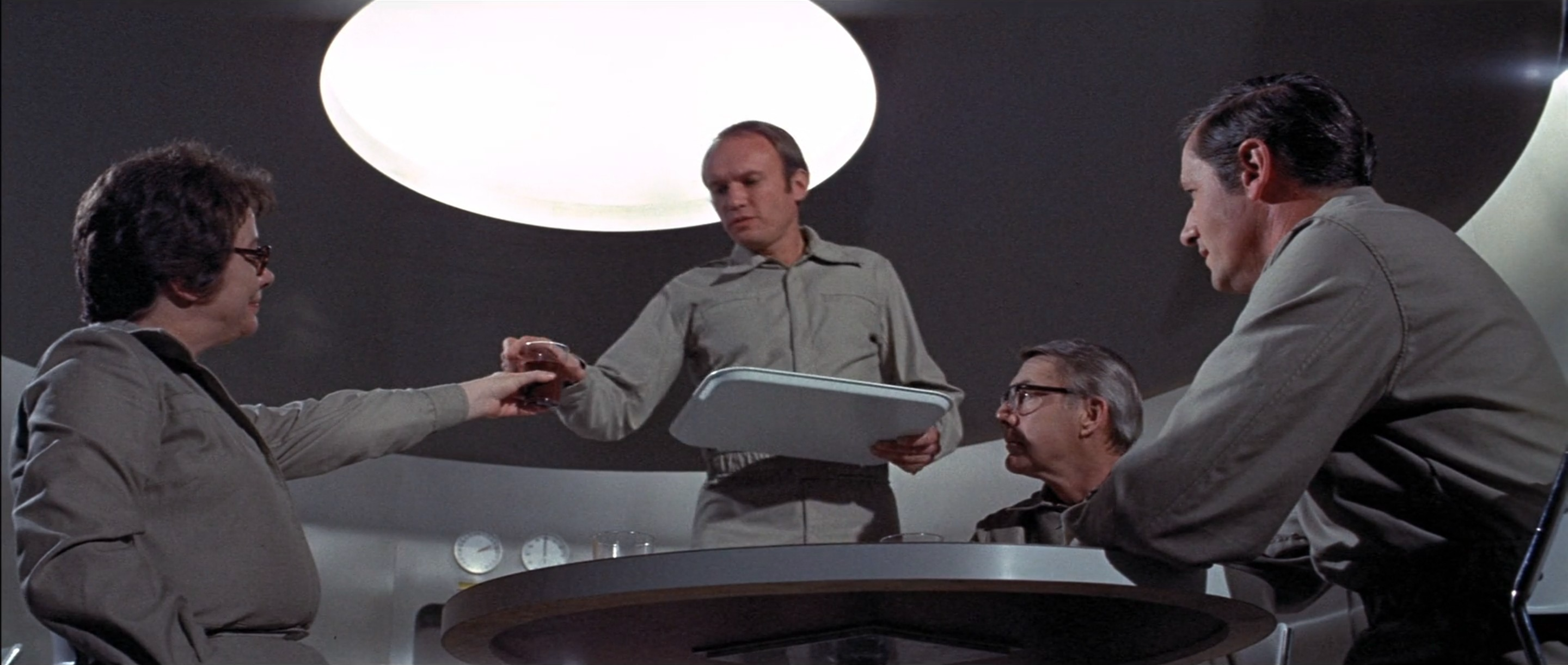
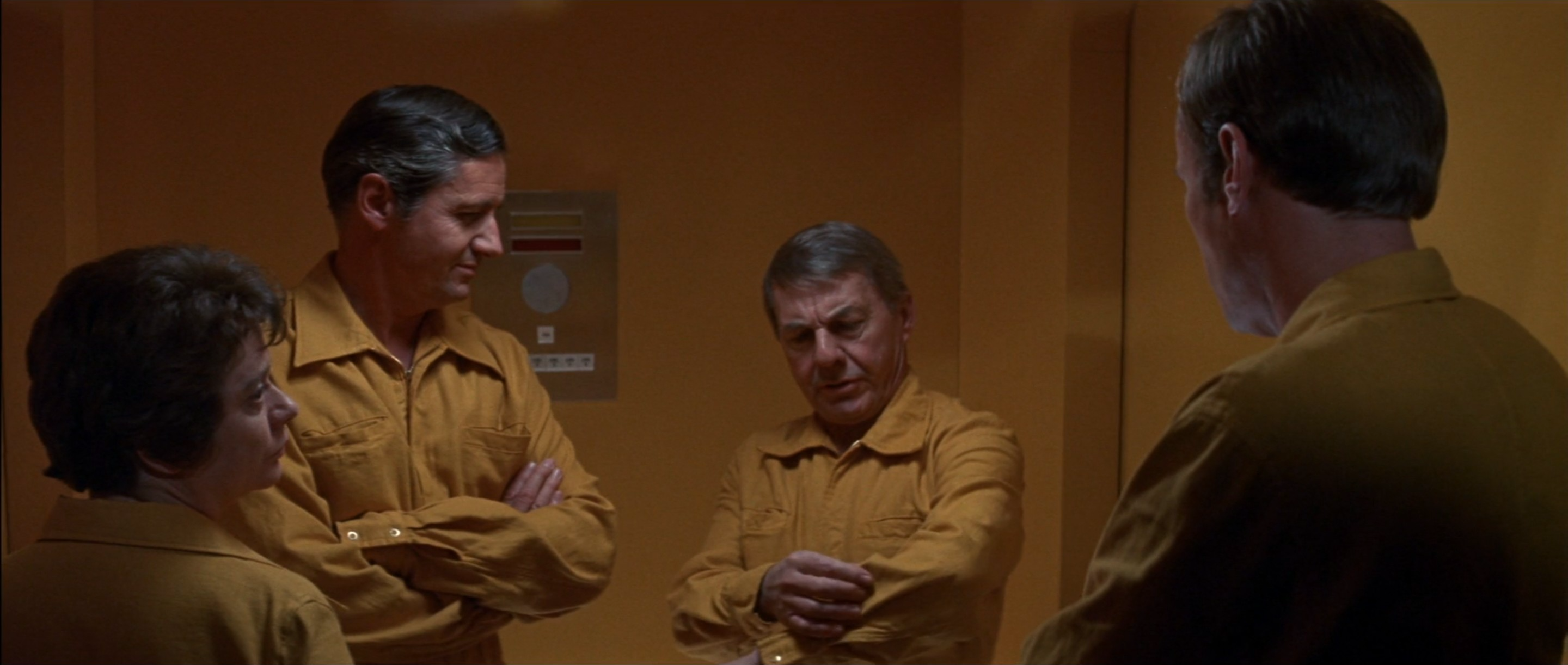
To draw that 2001: A Space Odyssey connection even deeper, Wise’s decision to hire special effects supervisor Douglas Trumbull pays off in the green computerised depictions of Andromeda itself, dynamically visualising its mutations into different variants. This rapid evolution may be its greatest weapon against human analysis, granting itself the power to disintegrate the plastic and rubber keeping it contained, though it is equally the fast thinking of scientists which at least temporarily defuses the situation. The threat in the film’s final act is a little contrived, counting down to an apocalyptic nuclear detonation, but Wise’s deft editing paces the tension perfectly right to the final seconds. An uneasy stalemate is the only solution which guarantees survival for both species, and may be the best anyone can hope for given their immense powers of mutual destruction. In an era so fraught with mistrust between neighbours, the pursuit of greater knowledge is nothing more than a path to existential insecurity in The Andromeda Strain, forcing civilians to grasp the fragility of their own blissfully ignorant lives.

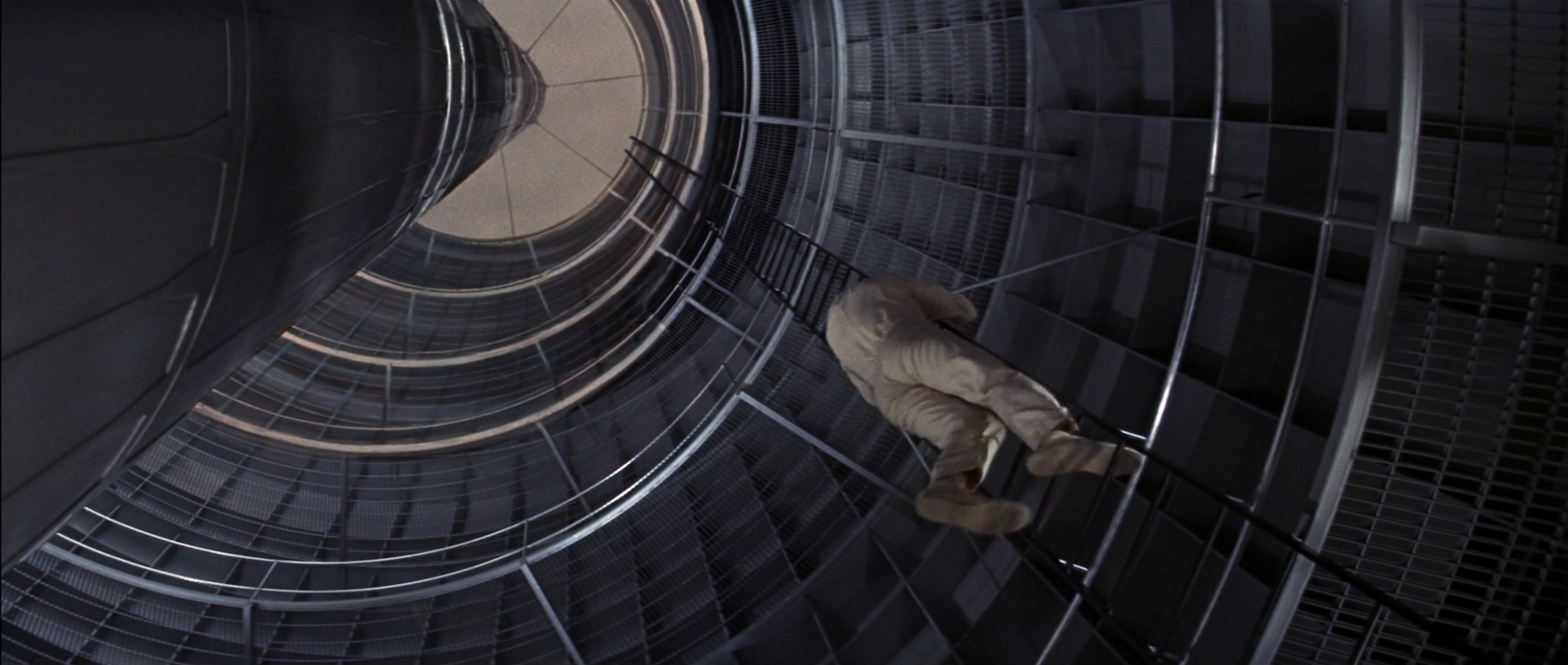

The Andromeda Strain is currently available to rent or on Apple TV, YouTube, and Amazon Video, and the Blu-ray can be bought on Amazon.

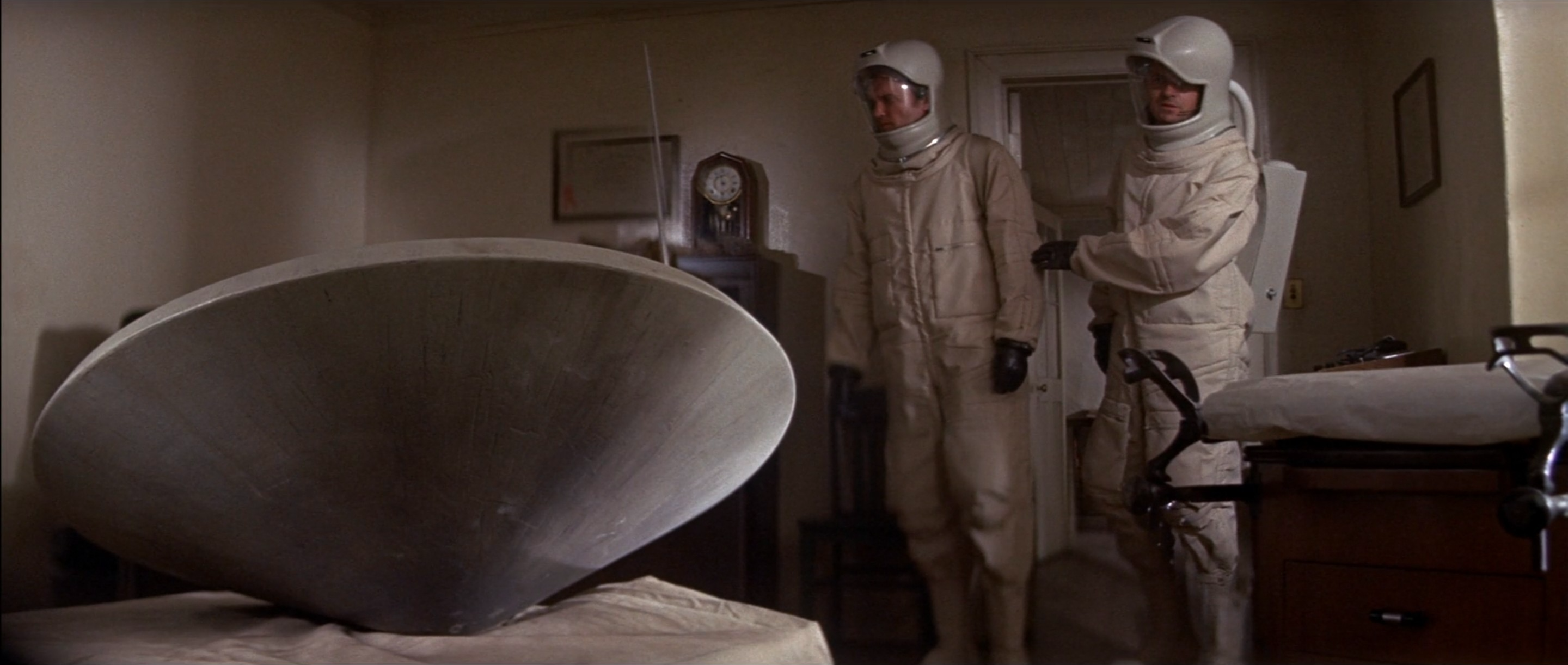
Pingback: The 50 Best Film Editors of All Time – Scene by Green